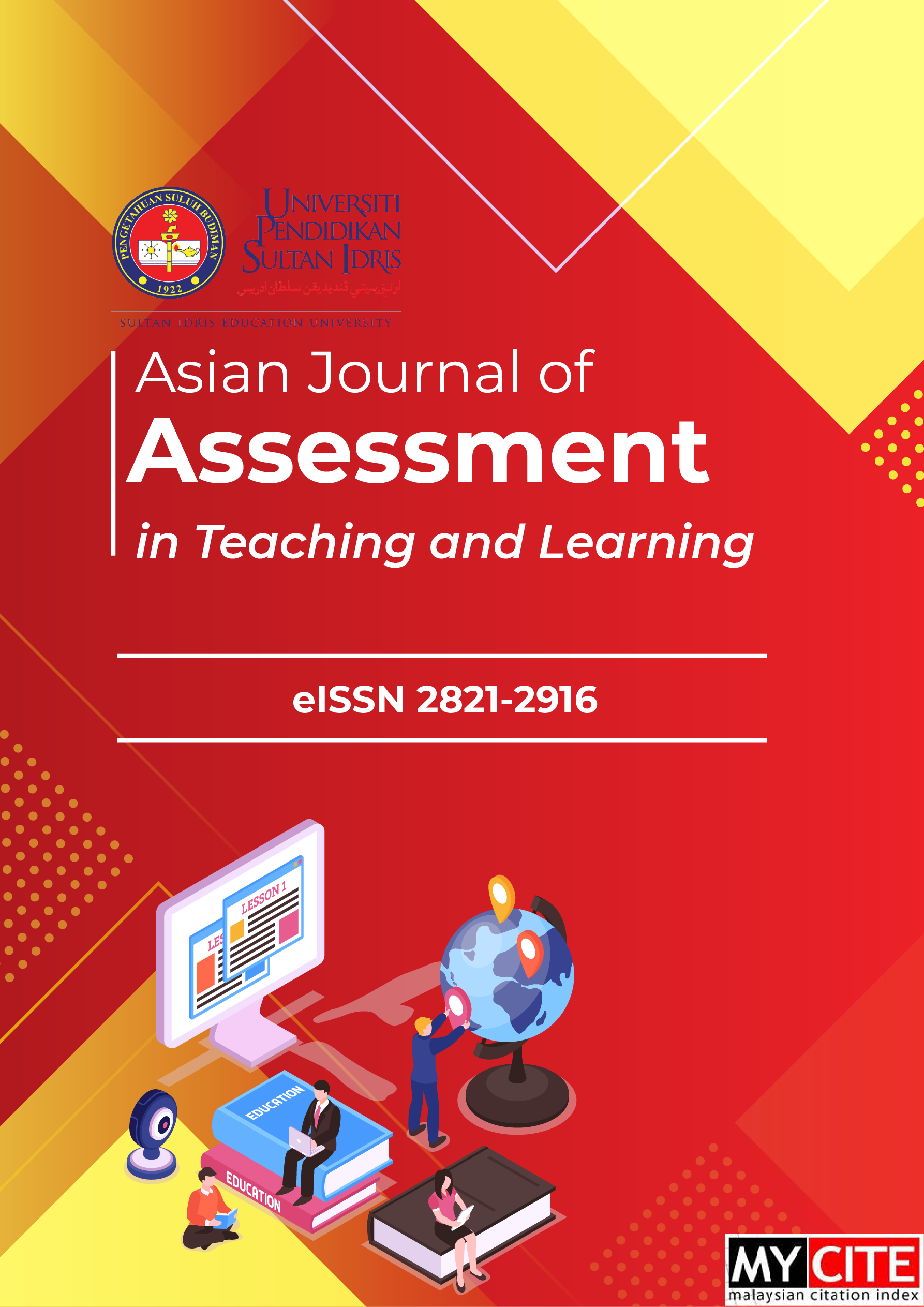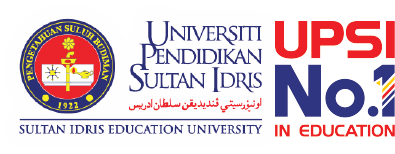Design student worksheets based on problem-learning to enhance mathematical communication
DOI:
https://doi.org/10.37134/ajatel.vol9.no2.2.2019Keywords:
Design of student worksheets, Mathematical communication, Problem based learningAbstract
Mathematical communication ability is one of the abilities that must be possessed by students in 21st century learning. Worksheets of students who have not yet integrated mathematical abilities will hinder the achievement of learning objectives. Problem based learning is a model that can improve mathematical communication skills. This study aims to design mathematics student worksheets of problem based learning models to improve mathematical communication skills. This research is a type of development research with the ADDIE model. The procedure of this study includes: analysis, design, development, implementation, and evaluation. This research is limited to the design stage. The subject of this study consisted of sleman junior high school teachers and students, class VIII Indonesia. The instrument of data collection consists of observation guidelines, interview guidelines and documentation sheets. Observation guidelines are used for the characteristics of students' mathematical communication. The interview guide is used to see the teaching material needs of the teacher. The documentation sheet manual is used to view curriculum implementation data that apply in the school. Data were analyzed by qualitative techniques. This study resulted in the design of student worksheets of problem based learning models according to the needs of students. Student work November is designed to improve students' mathematical communication. The results of the study show that the quality of the design products produced is based on the validity aspects and the student worksheets meet the criteria very well. This research can be expanded at the stage of developing, implementing and evaluating.
Downloads
References
Afifah, R.N. & Suparman. (2018). Design of Student Worksheet Based on Learning Cycle 5E Learning Model for VIII Junior High School Students un Indonesia. International Journal of Engineering & Technology, 7 (4.30), 16-20.
Bergstrom, C.M., Pugh, K.J., Phillips, M.M., & Machlev, M. (2016). Effects of Problem-Based Learning On Recognition Learning and Transfer Accounting for GPA and Goal Orientation. The Journal of Experimental Education, 84(4), 764-786.
Ruri, H. & Suparman. (2018). Design of Mathematics Student Worksheet based on Realistic Mathematics Education Approach to Improving the Mathematical Communication Ability Students of Class VII Junioro High School in Indonesia. International Journal of Engineering & Technology, 7 (4.30) 31-35.
Hur, J.W., & Suh, S. (2010). The Development, Implementation, and Evaluation of a Summer School for English Language Learners. Professional Educator, 34(2), 1-17.
İnan, C., & Erkus, S. (2017). The Effect of Mathematical Worksheets Based on Multiple Intelligences Theory on the Academic Achievement of the Students in the 4th Grade Primary School. Universal Journal of Educational Research, 5(8), 1372-1377.
Kaya, D., & Aydin, H. (2016). Elementary Mathematics Teachers' Perceptions and Lived Experiences on Mathematical Communication. Eurasia Journal of Mathematics, Science & Technology Education, 12(6), 1619-1629.
Lee, C. (2006). Language for Learning Mathematics: Assessment for Learning in Practice. New York, NY: Open University Press.
Lim, C.S., & Chew, C.M. (2007). Mathematical Communication in Malaysian Bilingual Classrooms. In APEC-Tsukuba International Conference, Tokyo, Japan, December.
Murni, A., & Anggraini, R. D. (2018). The development of student worksheets based on metacognitive approach to improve students’ mathematical representation ability. In Journal of Physics: Conference Series, 1088(1), 1-6.
NCTM, (1989). Curriculum and Evaluation Standards for School Mathematics. Reston, VA: National Council of Teachers of Mathematics. Available online: http://educare e-fkipunla.net.
NCTM, (2000). Principles and Standards for School Mathematics. Reston, VA: National Council of Teachers of Mathematics.
Osman, K., & Marimuthu, N. (2010). Setting new learning targets for the 21st century science education in Malaysia. Procedia-Social and Behavioral Sciences, 2(2), 3737-3741.
Pantaleon, K.V., Juniati, D., Lukito, A., & Mandur, K. (2018). The written mathematical communication profile of prospective math teacher in mathematical proving. In Journal of Physics: Conference Series, 947(1), 1-6.
Rahmi, S., Nadia, R., Hasibah, B., & Hidayat, W. (2017). The Relation between Self-Efficacy toward Math with the Math Communication Competence. Infinity Journal, 6(2), 177-182.
Rowland, G. (1993). Designing and Instructional Design. Educational Technology Research & Development, 41 (1), 79 – 91.
TIMSS, (2007). International Mathematics Report: Findings from IEA’s Trends in International Mathematics and Science Study the Fourth and Eight Grades. Boston: TIMSS & PIRLS International Study Center.
Turiman, P., Omar, J., Daud, A.M., & Osman, K. (2012). Fostering the 21st century skills through scientific literacy and science process skills. Procedia-Social and Behavioral Sciences, 59, 110-116.
Viseu, F., & Oliveira, I.B. (2017). Open-ended tasks in the promotion of classroom communication in mathematics. International Electronic Journal of Elementary Education, 4(2), 287-300.
Widoyoko. E.P. (2009). Evaluasi Proram Pembelajaran. Yoyakarta: Graha Ilmu
Wilder, S. (2015). Impact of Problem-Based Learning On Academic Achievement In High School: A Systematic Review. Educational Review, 67(4), 414-435.
Yaden, Z. (2017). A Development of Students’ Worksheet Based on Contextual Teaching and Learning. International Journal of Learning, Teaching and Educational Research, 16(6), 64-79.
Downloads
Published
How to Cite
Issue
Section
License
Copyright (c) 2019 UPSI Press

This work is licensed under a Creative Commons Attribution-NonCommercial-ShareAlike 4.0 International License.





